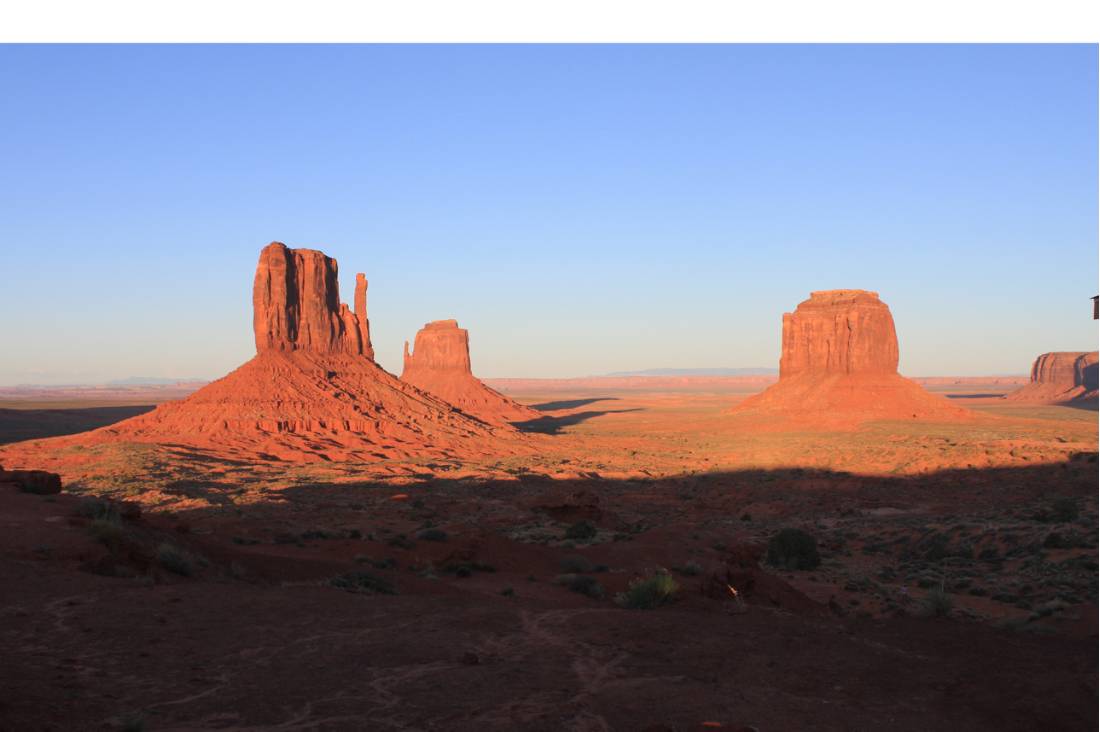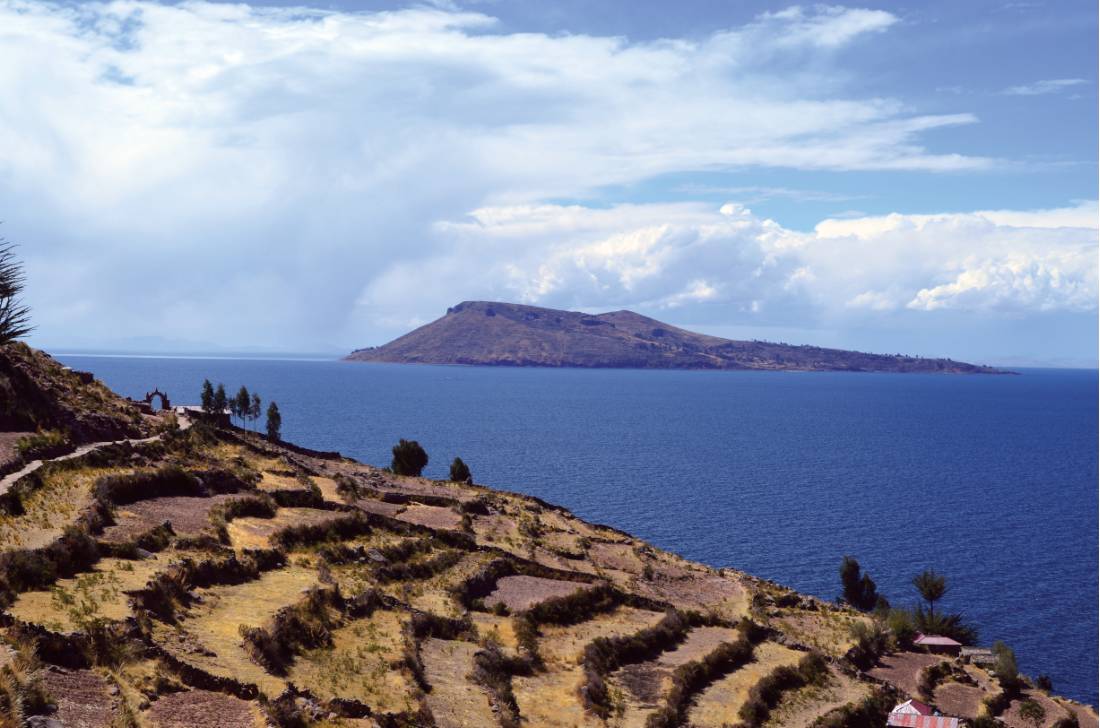Blog home / Seven Unique Immersive Cultural Experiences
Ever heard of the Spider Woman, the helper and protector of people in Navajo lore? Want to see where she lives? How about the art of 'khöömei', or throat singing. Interested in seeing practitioners of this exotic form of song perform during a visit to western Mongolia’s Altai mountains?
Immersion in the indigenous cultures of the world is an exceptional way to learn about humanity. We offer excursions with experts and locals who’ll help you get a deeper understanding of what we can learn from other humans as well as the need to preserve many of these cultures.
From travelling with members of the oldest horseback-based nomad culture in the world to traversing Botswana and visiting the Kalahari Desert’s San Bushmen, we offer trips that will open your eyes. Here are seven trips we think you might enjoy.
1. Walk with a Navajo Tribal Member in Canyon de Chelly
On the summit of Spider Rock in Canyon de Chelly, Arizona, are bleached white rocks – the bleached bones of disobedient children that Spider Woman has disciplined, according to Navajo lore. On our Canyons of the Southwest trip in the United States you’ll learn a lot about the importance of spiders across several indigenous cultures while visiting some of the most colourful ‘standing up’ country on earth.
We’ll explore the red canyonlands of the Colorado Plateau, including Zion, Bryce Canyon, Capitol Reef, Arches, and Canyonlands National Parks, and make a stop at Monument Valley, where director John Ford made many classic western films.
Our trip ends with a walk into Canyon de Chelly where we’ll explore 1,000-year-old rock art, ancient cliff dwellings, and contemporary Navajo homes with a personal Navajo guide.
Learn more about the trip here.

2. Camp with Nomadic Tribes in Western Mongolia
Western Mongolia is a vast, high-altitude region, known for its harsh, arid conditions and beautiful cultures, some of which can trace their roots back dozens of centuries. You’ll learn about nomadic life not just by visiting families from several tribes, but by living with them (and travelling by pony, camel, foot, and four-wheel-drive) and seeing their homes and practices first hand.
We’ll visit North Tsenkher cave known for its ancient rock art of wild sheep (Argali), Ibex , ostrich, rhinoceros, and human figures. We’ll also visit a nomad family to learn the art of 'khöömei', or throat singing. The singing imitates sounds of nature, simultaneously emitting two distinct vocal sounds along with a continuous drone, thus producing a melody of harmonics. This is an incredible experience that includes 14 nights in camps, many of those nights with members of the tribes who inhabit the area.
Learn more about the trip here.
3. Walk with Wayeyi Tribe Members in Botswana
Botswana’s 900,000-square-kilometre Kalahari Desert is one of the great geographical expanses in Africa and home to the San Bushmen. Here, you’ll spend several days exploring the desert, changing camps as you watch wildlife and meet locals.
You’ll also meet the local he Wayeyi people who will share stories and give insight into their intriguing culture and take us on a walking tour of one of their villages. In the evening you’ll be entertained with song and dance by Wayeyi, performers.
We’ll visit the world-famous Okavango Delta and explore this wildlife-rich region both on foot and by mokoro (traditional dug-out canoe). Whether you are a seasoned Africaphile or on your first African safari, there are few places on earth that are as impressive as Moremi Game Reserve and Chobe National Park.
Learn more about the trip here.
4. Meet the South American Locals Living on Reed Islands
The Uros people of Bolivia and Peru inhabit islands made from Totora reeds (like their boats), which they live on in Lake Titicaca. The larger islands house about 10 families; the smaller one two or three families. You’ll meet these people – who predate the Incas – and learn about this unique settlement style in our South American odyssey.
The trip arcs from Bueno Aires in the southeast to Lima and La Paz in the northwest, stopping at Iguazu Falls, the largest broken waterfall in the world (it has 275 separate cascades), before jetting to the west coast and heading up into the Andes. We end with a visit to Lake Titicaca and an exploration of the fascinating Uros culture.
Learn more about the trip here.

5. Upper Mustang Magic
The Kingdom of Mustang preserves some of the last vestiges of ancient Tibetan Buddhist culture, including traditional amchi healers. Amchi practitioners cure disease through the use of medical herbs that activate self-healing forces. Their therapies include bloodletting, moxibustion, compresses, oil massage and herbal baths.
We’ll visit with amchis and learn of their techniques and why there is concern that these ancient practices need to be preserved.
As we travel through this magical Kingdom, we’ll follow ancient trade routes to nomad camps, isolated settlements, and Upper Mustang’s oldest gompa at Lo Gekar. Local residents will guide us to monasteries, and we’ll explore the walled city of Lo Manthang, including meeting the restorers of the colorful Thubchen gompa.
Learn more about the trip here.
6. See How Locals Thrive in Mountainous North Vietnam
The people of northern Vietnam live in a rugged land of granite peaks and thick pine forests. To thrive in this topographically challenging area means adapting to the steep slopes.
You’ll meet them in the villages and learn how they’ve sculpted the mountainsides and used its runoff to grow rice and vegetables. Hard work and ingenious building techniques have allowed them to live in the higher parts of the mountains. In some places, like the Suoi Nam Valley, we’ll even visit farm houses built on stilts.
Later, we’ll ascend Ho Pien Mountain through the tea plantations and bamboo forests, en route to an overnight with a H’mong family. You’ll stay in the homes of local families for three of the five nights of the excursion.
Learn more about the trip here.

7. Learn about Bushtucker on the Larapinta Trek
Bushtucker isn’t your average food. It includes meats like kangaroo, emu, possum and crocodile, but it also includes myriad lesser-known foods as well – those grubs, nuts, fruits, and spices that you wonder about every time you go bushwalking.
On our Classic Larapinta Trek in Comfort, you’ll get to know some of these foods courtesy of Rayleen Brown, who will treat you to a spread of specially prepared bush foods.
After a visit to one of the most important waterholes of the area, Simpsons Gap, we stop at Standley Chasm, where you will hear a talk about the area’s culture from a local Indigenous leader. Ever wonder where those historical cave painters got their paint? You’ll find out when travel to an ochre quarry, a sacred Aboriginal site, during this Larapinta trek.
Learn more about the trip here.
Related links:
Learn more about our cultural journeys here.
Learn more about threats to nomadic culture here.